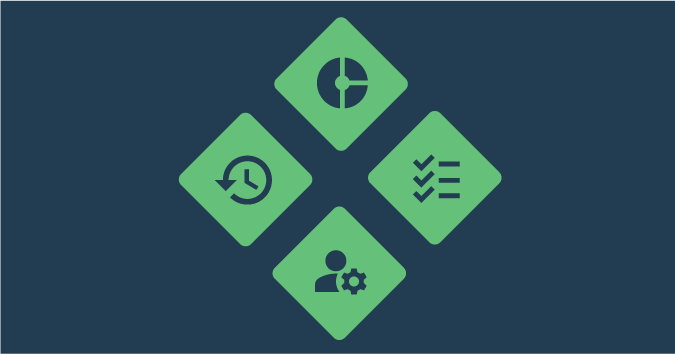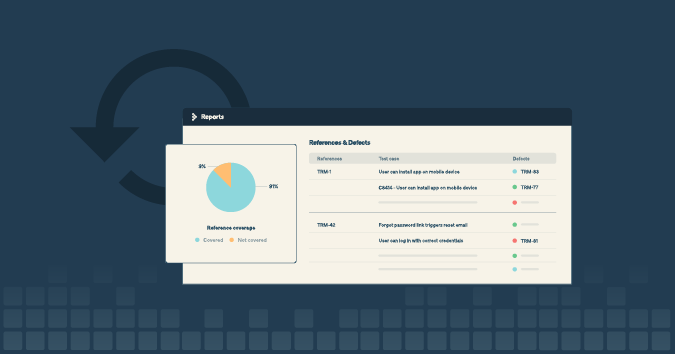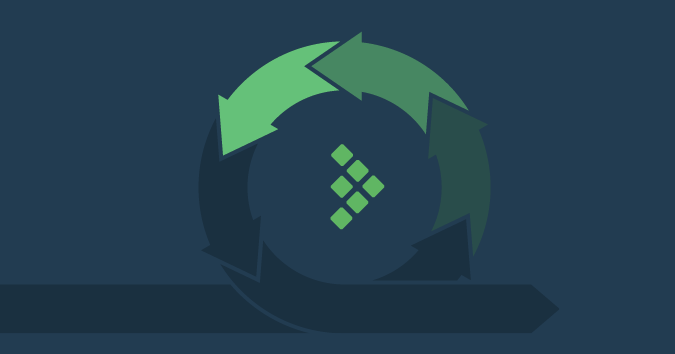Testing has always been a vital part of the software development lifecycle (SDLC), but the way teams approach testing is undergoing fundamental changes. One of the biggest trends today is leveraging the Agile method to improve on traditional testing methods.
A Quick Overview of Agile
Since their inception in 2001, agile practices have radically evolved. They were first about shifting from the waterfall model of software development to focusing on iterative development using Scrum, XP, and other methodologies, thereby removing many bottlenecks organizations had with faster software delivery.
The inspiration for agile is the Agile Manifesto, which consists of four central principles:
- Individuals and interactions over processes and tools
- Working software over comprehensive documentation
- Responding to change over following a plan
- Customer collaboration over contract negotiation
As the embrace of agile intensifies, optimizing practices and tools to develop and deliver high-quality software quickly is essential. According to the 2022 Software Testing & Quality Report, 81% of respondents said that their team currently uses agile. Organizations have adopted agile as a response to rapidly changing requirements. The Agile methodology has transformed the software development process and appears to be the primary development methodology used in the industry.
Nowadays, agile is about optimizing operations within the development process, using different practices and tools, and making the entire testing process more efficient. It is about starting the testing process from the beginning of the SDLC to catch defects early and distilling insights from the data collected from each stage of the development process.
Agile Testing
Lisa Crispin and Janet Gregory define agile testing as, “Collaborative testing practices that occur continuously, from inception to delivery and beyond, supporting frequent delivery of value for our customers. Testing activities focus on building quality into the product, using fast feedback loops to validate our understanding. The practices strengthen and support the idea of whole team responsibility for quality.”
In the Agile methodology, testing is embedded directly into the development process and is a collaborative effort between testers, developers, and product owners. Because Agile runs continuously with development, it facilitates easier identification and isolation of problems, especially as a dynamic product evolves over time.
This level of collaboration between QA and development—in tandem with shorter feedback loops— allows problems to be found sooner and remain more top-of-mind, which in turn allows developers to fix problems faster before they compound.
Here are the four central tenets of the Agile Manifesto broken down into how and why they are relevant for testers:
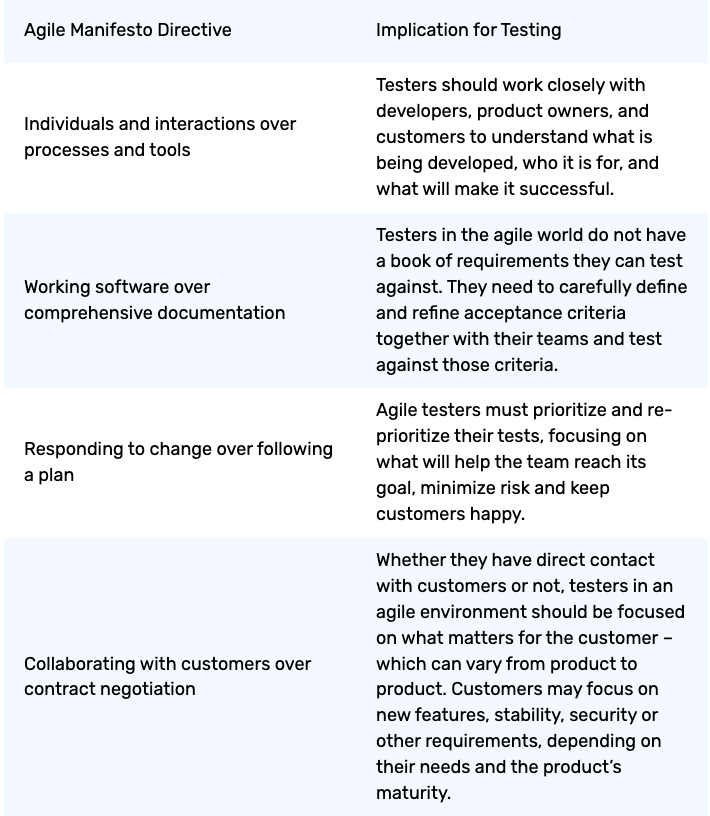
Image source: Understanding Agile Testing Methodology and 4 Agile Testing Methods
To fully understand agile testing in 2022, it’s helpful to understand the top agile testing trends that will continue to impact all stages of the development process.
DevOps
DevOps is the combination of cultural philosophies, practices, and tools that enables teams to deliver applications and services at a higher velocity and with greater reliability. By incorporating agile principles and practices, such as improved collaboration between development and operations teams and increased automation, DevOps enables organizations to serve their customers better and compete more effectively in the market.
According to the 2022 Software Testing & Quality Report, DevOps is becoming more of an influence in the software testing market and more teams are steadily using this development methodology, with a three percentage-point increase in adoption from 2021. Especially when combined with agile, DevOps promises to promote the overall goals of agile culture in delivering high-quality software applications.
Development, testing, and deployment occur in agile and DevOps; however, the DevOps Model expands the cross-functional Agile team to include Operations. Building a successful DevOps software pipeline between your company and your customers means breaking down silos, creating a culture of collaboration, and reducing the cost, time, and risk of delivering software changes by allowing for more incremental updates. Here are some DevOps best practices:
- Continuous Integration
- Continuous Delivery
- Microservices
- Infrastructure as Code
- Monitoring and Logging
- Communication and Collaboration
What started as a small movement has now become a de facto standard in organizations that want a competitive edge. The global DevOps market will grow 18.3% to become a $20.31 billion property by 2028. Most teams will move toward implementing a seamless continuous integration/continuous delivery (CI/CD) integration pipeline, having automated workflows, and using active production monitoring to support DevOps practices.
Though these practices help to streamline and simplify the deployment processes, combining Agile and DevOps also requires a shift in organizations to have a more holistic vision of each step of a project and its processes.
Advanced CI/CD pipelines
Continuous integration (CI) and continuous delivery (CD), also known as CI/CD, embodies a culture and a set of practices that development teams use to deliver more frequently and reliably. CI/CD is the practice of continuously integrating and either deploying or delivering applications.
With CI/CD, regular software releases keep operations teams in tandem with the software’s requirements and monitoring needs, the flow of a CI/CD pipeline makes it easier to identify and fix bugs, and smaller steps allow for easier and more efficient testing. CI/CD also readily adapts to new and changing requirements, which enables developers to implement changes in subsequent iterations.
Currently, the CI/CD pipeline works on a high level by calling a bunch of scripts. They do most of the heavy lifting. But with AI, more hardware resources and computing power would be needed, as there will be massive amounts of necessary software development and management. The current state of our CI/CD may not be able to handle this. Consequently, we will see organizations make significant investments to handle large amounts of data. The initial costs will be high, but the insights they get from the data will make this well worth the cost and effort.
A well-oiled CI/CD pipeline is critical for any development team looking to ship high-quality software fast. Testers need to have a clear understanding of when to test by, where to report results, what they are testing, and what they need for each test cycle. Moreover, as the advancements in technology exponentially increase, so does the complexity. Using modern practices and tools to keep up with this pace is vital for sustainable growth.
Continuous testing
Continuous testing (CT) is a software development process in which applications are tested continuously throughout the entire software development life cycle (SDLC). The goal of CT is to evaluate software quality across the SDLC, providing critical feedback earlier and enabling higher-quality and faster deliveries.
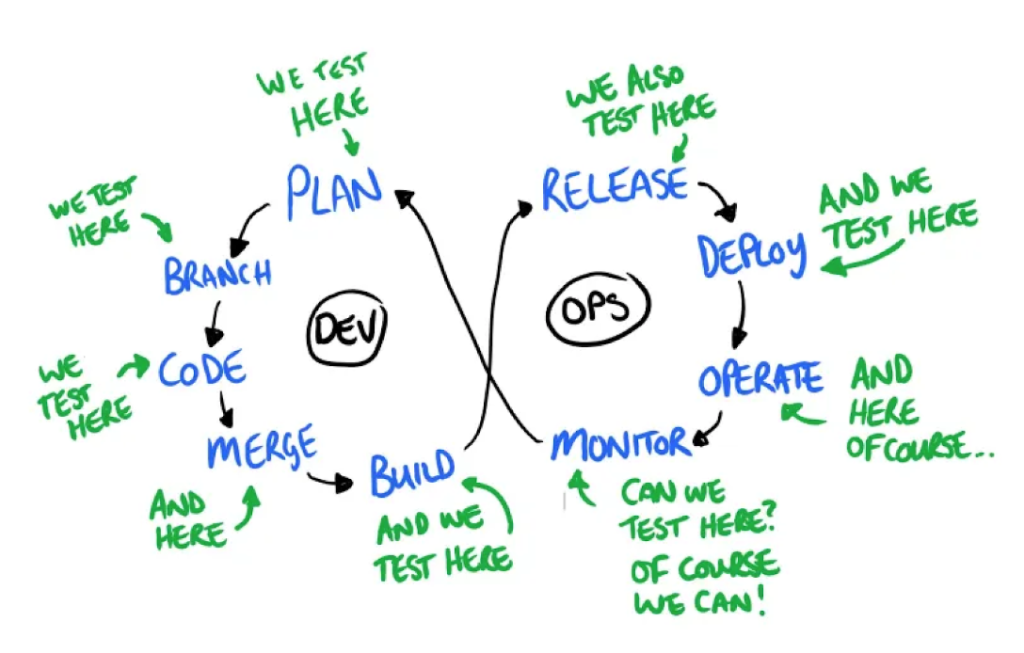
Image source: Continuous Testing in DevOps
Teams have already found value in starting testing as early as possible and aligning with the shift-left paradigm. In addition, having tests triggered automatically in each stage of the development process helps get quick feedback about the code and catches defects early. These tests could include – unit, API, UI, and security tests for which various tools are available to support these efforts.
Ways to measure continuous testing:
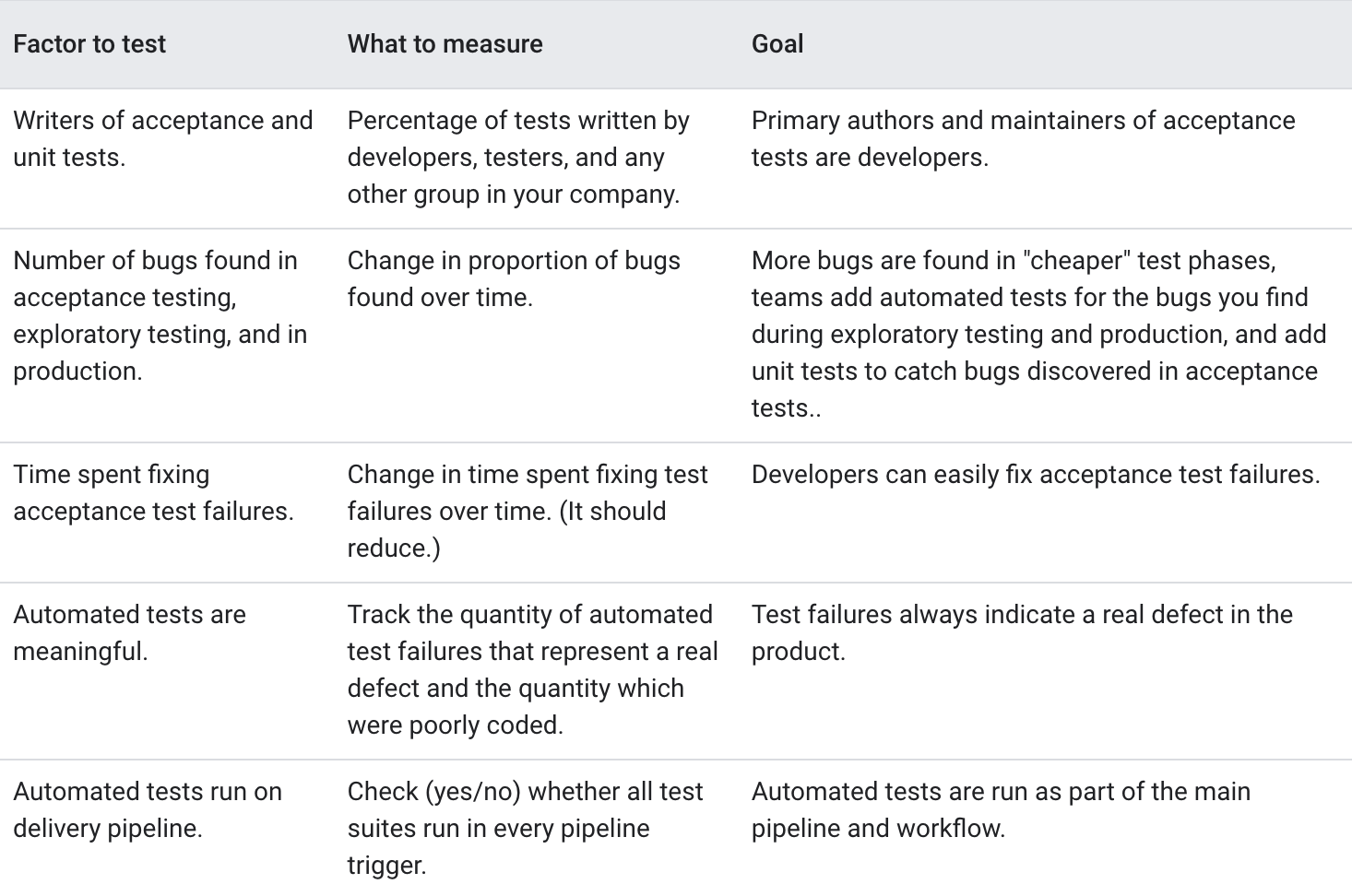
Image source: DevOps tech: Continuous testing
Continuous testing supports these ongoing trends in teams, including DevOps and CI/CD integration. Testing early and often with the help of automation will continue in 2022.
AI and machine learning
According to a study by Deloitte on the State of Artificial Intelligence (AI), 57% of respondents said that Artificial intelligence (AI) will transform their organization in the next three years. AI, a broad term that encompasses everything from rule-based software to self-driving cars, can be defined as any system that mimics human thinking by understanding its environment and taking actions towards achieving a goal.
Artificial intelligence and machine learning (AI/ML) in software testing deliver more effective automation, relieving teams of the burden of repeating testing and although AI/ML can’t replace manual testing, they can supplement and accelerate current automation systems that are in place.
AI/ML has already impacted other development and testing processes. AI can detect, learn and suggest different coding styles and reusable components that help developers write faster code. After the developer writes the code, AI can quickly scan through every line and give insights such as opportunities for refactoring, code vulnerabilities, adherence to coding standards set forth by the team, and much more.
Once the code gets pushed to QA, AI/ML-enabled automation tools can help create, author, and execute automated tests. A “self-healing” mechanism can proactively find and fix problems before they occur. The more tests we run, the better the AI/ML gets at creating and maintaining stable tests. AI/ML can scan through millions of bits of data flowing through the DevOps pipeline and refine them into important takeaways, which helps stakeholders make informed decisions. This helps to make the pipelines much faster, leaner, and more intelligent.
Whether or not AI/ML is available or worth exploring in 2022, starting to make your testing more structured and well-defined is going to set your team up to be able to take on the adventure of AI/ML going forward. These trends will continue to help organizations meet growing customer demands and enable rapid release cycles to deliver products faster than ever before in 2022 and beyond.
